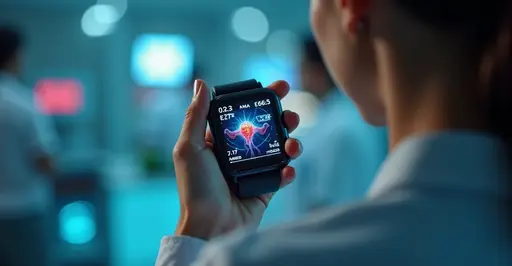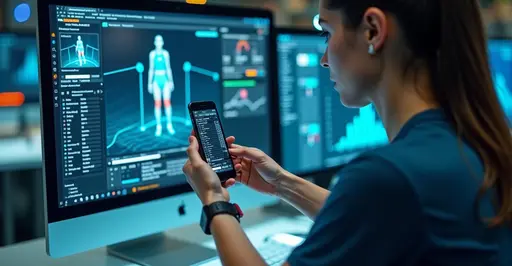
The New Era of Athletic Performance Tracking
Professional and amateur athletes alike are embracing wearable biometric technology that's fundamentally changing how training regimens are designed and optimized. These advanced devices provide real-time data on everything from heart rate variability to muscle oxygen levels, giving coaches and athletes unprecedented insights into performance and recovery.
Comprehensive Biometric Monitoring
Modern sports wearables go far beyond simple step counting. Today's devices incorporate multiple sensors including optical heart rate monitors, accelerometers, gyroscopes, and even electrodermal activity sensors. The latest generation of wearables can track:
- Heart rate variability (HRV) for recovery assessment
- Blood oxygen saturation levels during exertion
- Muscle oxygen levels using near-infrared spectroscopy
- Sleep quality and recovery metrics
- Real-time hydration status through sweat analysis
- Biomechanical movement patterns
Personalized Training Optimization
The data collected by these devices enables highly personalized training programs. Instead of following generic workout plans, athletes can now train based on their specific physiological responses. Coaches use this data to adjust intensity, volume, and recovery periods in real-time, maximizing performance while minimizing injury risk.
Recovery and Injury Prevention
One of the most significant benefits of biometric wearables is their ability to monitor recovery. By tracking metrics like heart rate variability, sleep quality, and resting heart rate, athletes can avoid overtraining and identify when they're at risk of injury. Many professional sports teams now use these devices to make data-driven decisions about player availability and workload management.
The Future of Sports Technology
The wearable technology market continues to evolve rapidly, with new innovations emerging regularly. We're seeing the development of smart fabrics that can monitor muscle activation, advanced sweat sensors that track electrolyte levels, and even non-invasive glucose monitoring for endurance athletes. As artificial intelligence and machine learning algorithms become more sophisticated, these devices will provide even more precise recommendations for training optimization.
The integration of biometric data with coaching expertise represents a paradigm shift in sports training. While technology provides the data, human expertise remains essential for interpreting and applying this information effectively. The future of athletic performance lies in the perfect marriage of cutting-edge technology and experienced coaching.

 Nederlands
Nederlands English
English Français
Français Deutsch
Deutsch Español
Español Português
Português







